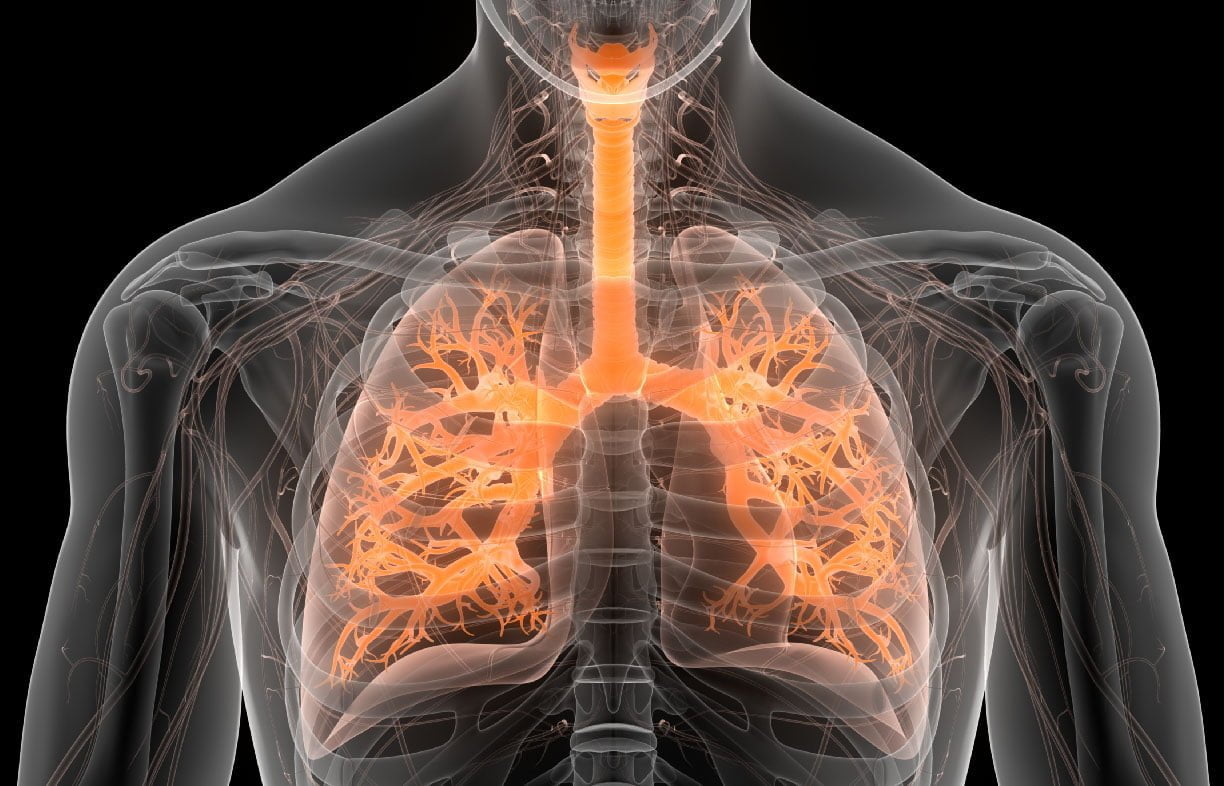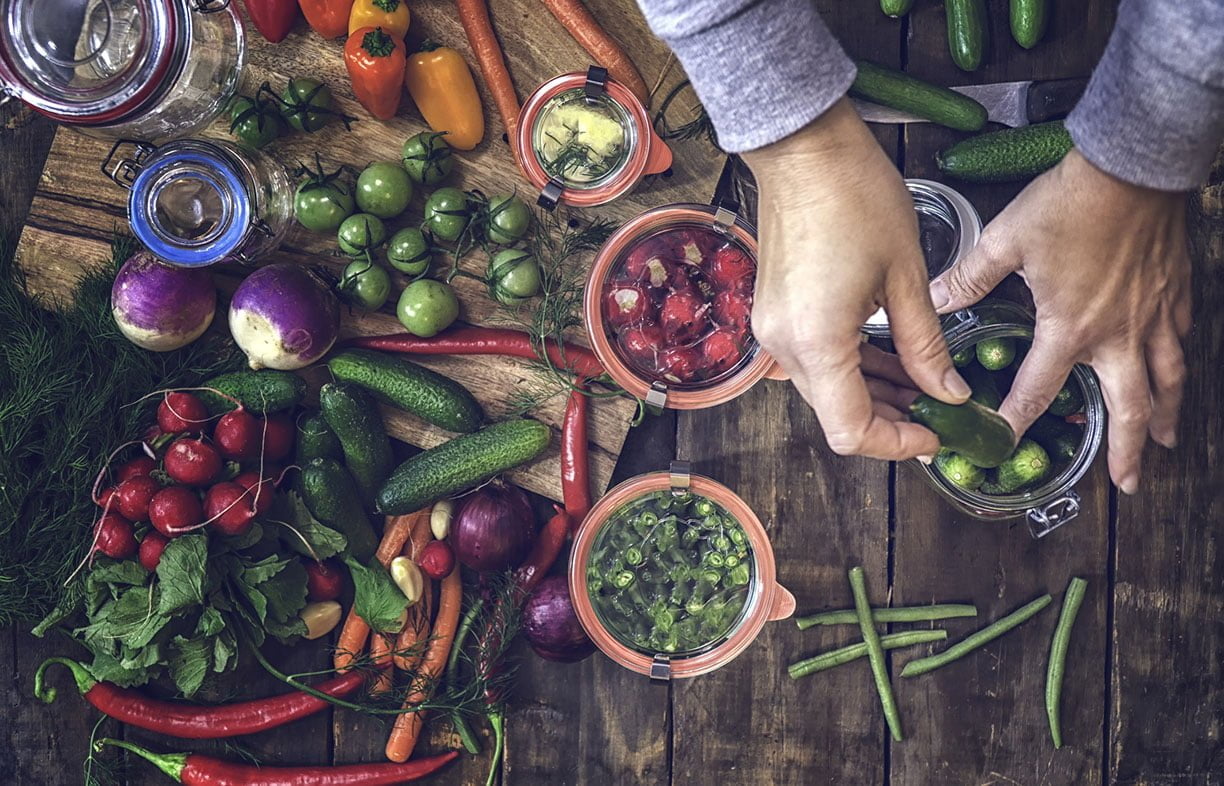Gas and our health

Dr Ben Ewald uncovers the health effects of gas in the home.
Two thirds of Australian households use gas for cooking or heating, but until recently hardly anyone was aware of the health risks posed by burning this fossil fuel indoors.
Having a gas stove in the kitchen just seemed the natural order of things, and gas mining companies have used the marketing term “natural gas” as if it was any more natural than natural coal or natural uranium.
A gas flame releases various oxides of nitrogen (known as NOx), formaldehyde and carbon monoxide, which all have adverse health effects. Nitrogen dioxide is a respiratory irritant that can both trigger asthma attacks and can cause asthma to develop in the first place. It also has a role in sensitisation to other allergens, such as dust mites, that are present in the home environment.
Population studies show that living in a home with a gas stove increases a child’s risk of asthma by 42%. Across Australia, one in eight children with asthma have it because of gas stove exposure.
School classrooms heated by gas have been suspected of exacerbating asthma. This was demonstrated through an elegant experiment at schools in the Blue Mountains and Goulburn districts of NSW.
Each classroom was equipped with two heaters in an enclosure: a low NOx unflued heater and a fully flued one. The teacher had a remote control to operate the heating, but did not know which heater was in use. Classes were exposed by random allocation of weeks to one heater or the other, and parents/pupils reported symptoms. The study showed a statistically significant increase of symptoms during unflued weeks.

In my work as a general practitioner, I see lots of children with asthma, and their parents are always keen to minimise asthma triggers. Simple steps that make a difference include opening doors or windows every time the gas stove is used and running a range hood (if it is ducted to outside the house).
Gas stove use can be greatly reduced by having a single hob induction cooker for any one-pot meals. These plug into a normal power point and can be bought for less than $100.
Of course, the best answer is to replace a gas stove with an induction one. I made this change a few years ago, and my new stove is a delight: twice as fast to boil a litre of water, and 10 times quicker to clean.
The other gas appliances used in many homes are heaters. If these are fully flued so that no combustion products enter the room, health effects are avoided. But many are unflued or have open flues.
Like stoves, these release nitrogen dioxide, but also the more acutely dangerous toxin carbon monoxide. This is much more likely from heaters that are poorly maintained. It is recommended that heaters are serviced every two years, but this is expensive and often ignored.
There can be a dangerous interaction between extractor fans, such as those found in bathrooms, and flued gas heaters. While the fan is running, it generates a mild negative pressure in the room, which draws air down the flue and brings carbon monoxide into the living space.
Carbon monoxide poisioning is potentially fatal. Higher dose exposure leads to coma and death, but lower dose exposure is much more common and leads to vague symptoms of headache, nausea, vomiting, malaise or confusion. These symptoms are similar to what you might get with a viral infection, but a clue to the cause is when symptoms occur after a few hours in one building and not anywhere else. Other people or pets in the same building will often be affected also.
For people who must live with gas heating, protective measures include installing a carbon monoxide alarm, and having the heater serviced regularly. The best answer is to remove the heater and install a reverse-cycle air-conditioner.
I live in an old 1920s house in Newcastle, which would have been connected to a gas pipe when it was built. One hundred years later, we got rid of our last-remaining gas appliance and turned off the tap at the meter, ending the era of gas use in the house.
Everything that gas used to do is better done another way. The health and environmental harms of gas have been recognised in the ACT where, since January 2023, it is not permitted to connect a new dwelling to reticulated gas. For greenfield development of new suburbs, there is a substantial cost saving if gas pipes and meters are never installed, reducing the price of each block and also equating to the whole suburb never paying a gas bill.
The health effects warrant removing gas stoves and heaters from building standards, while the cost savings and climate benefits make this a win for everyone.
Making the switch
Dr Ewald shares some tips for your kitchen when making the switch from gas to induction.
•When switching from gas to induction cooking, some saucepans won’t work. Induction only works with saucepans that a magnet is able to stick to, so test pots with a fridge magnet.
•Induction stoves draw a heavy current and need their own 32-amp circuit from the meter board. In an old house, the meter board might need upgrading, so getting a quote from an electrician before buying the stove can be a good idea.
•Finding a wok that works well on induction can be difficult. The base should be flat, at least 2.5 mm thick, and made of iron rather than carbon steel or stainless steel.
•Not every saucepan draws the same amount of heat from the induction element. You will get used to which are your fast pots and which the slow ones.
•If you have a cardiac pacemaker, the British Heart Foundation suggests keeping the pulse generator 60 cm from an induction stove.
Further reading
 Efficient homes
Efficient homes
Building for a changing climate
Are we building homes for the future, or for the past? Rob McLeod investigates how climate change is impacting home energy ratings and the way we build our homes.
Read more Buyers guides
Buyers guides
No longer cooking with gas: Induction cooktop mini guide
Induction cooktops can make converts, with power and performance as good as or better than gas. We look at the features to consider when buying one.
Read more

